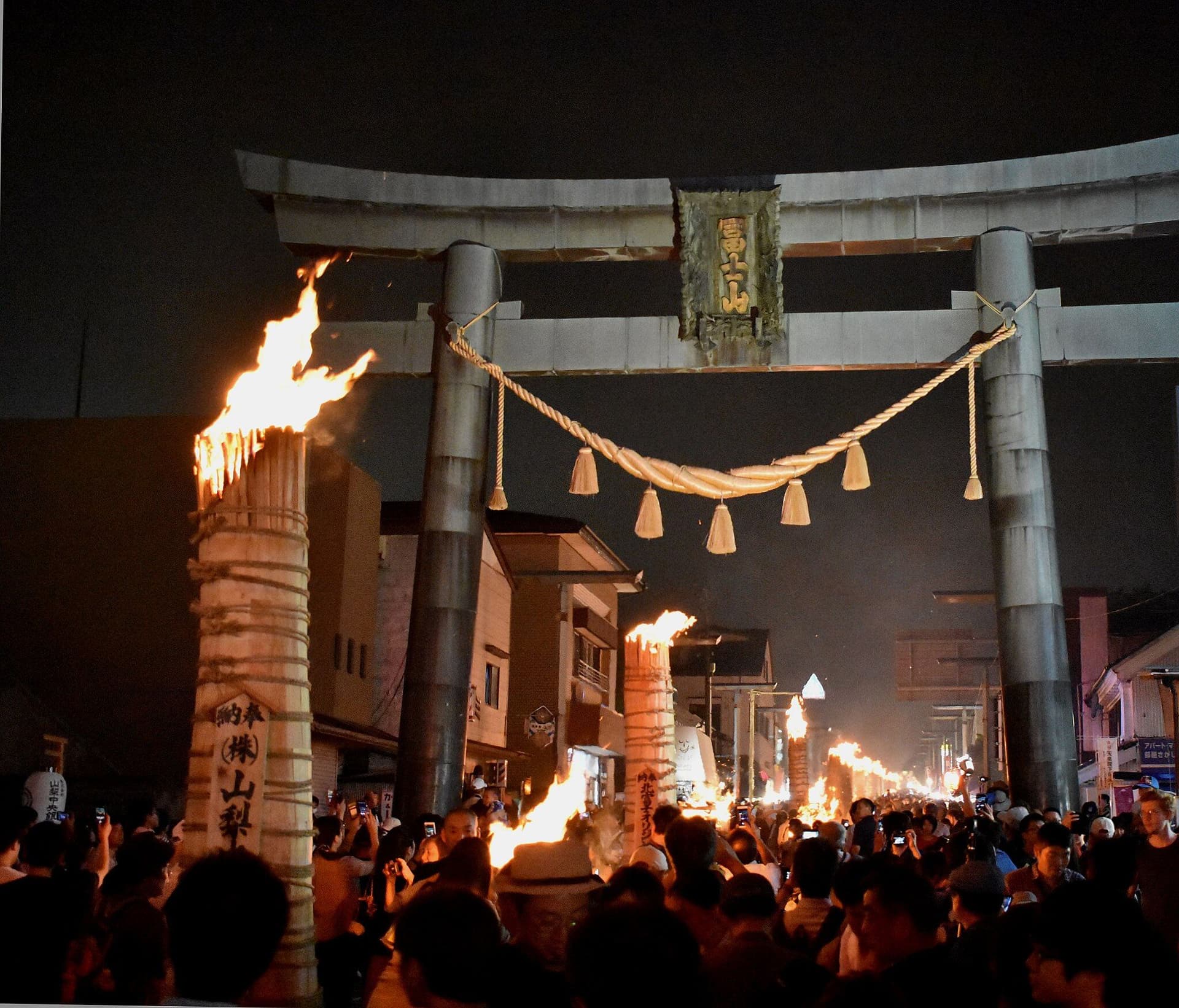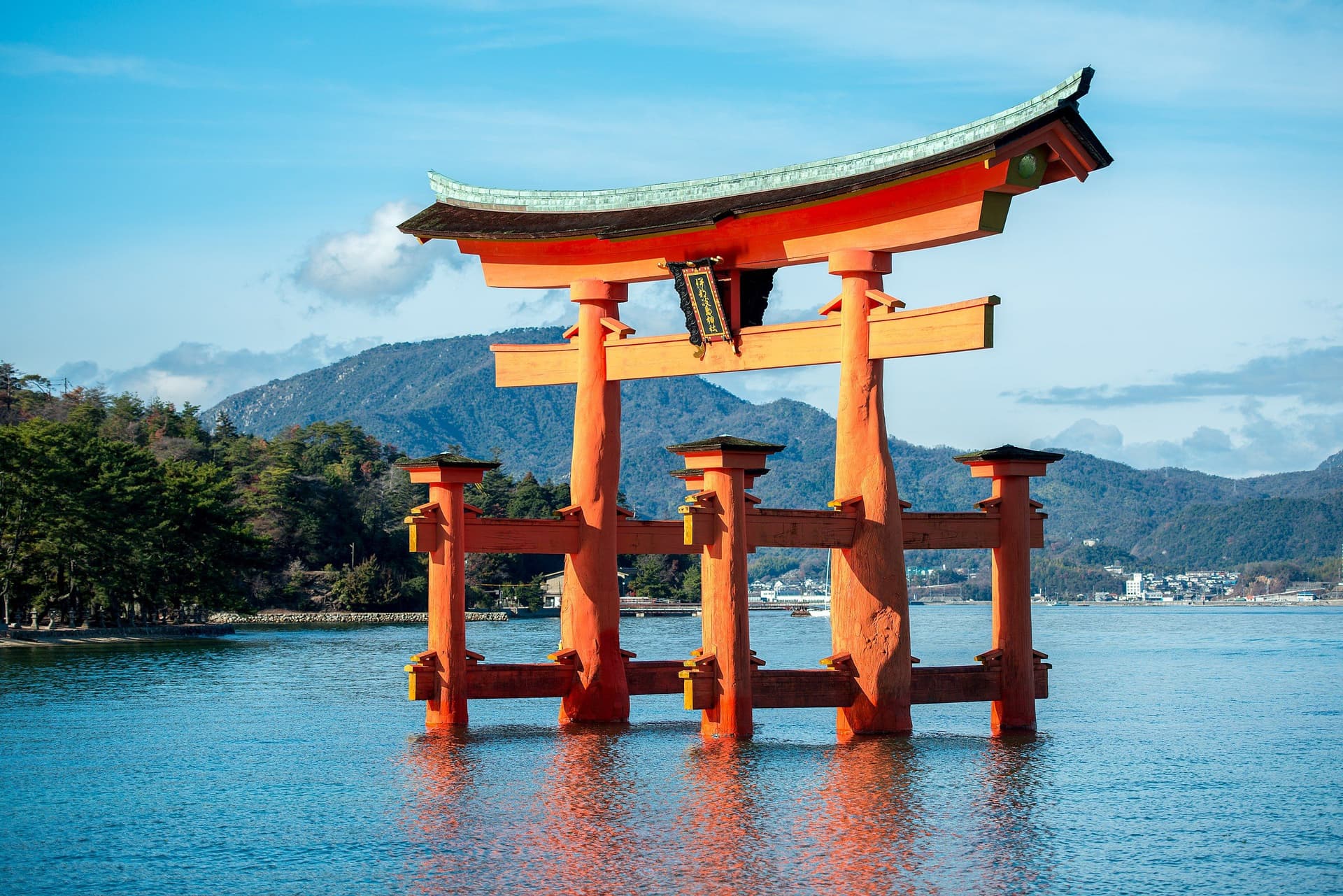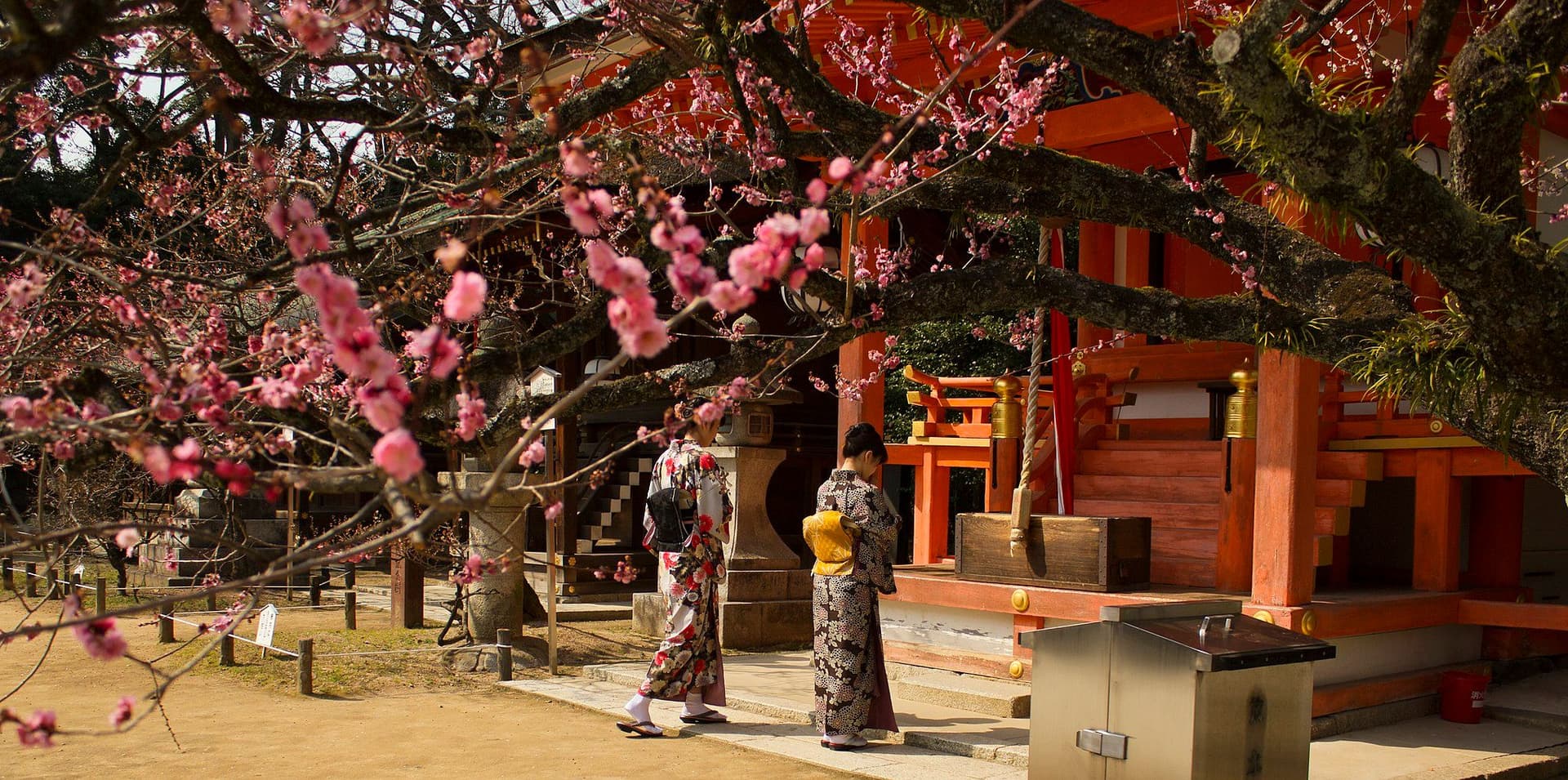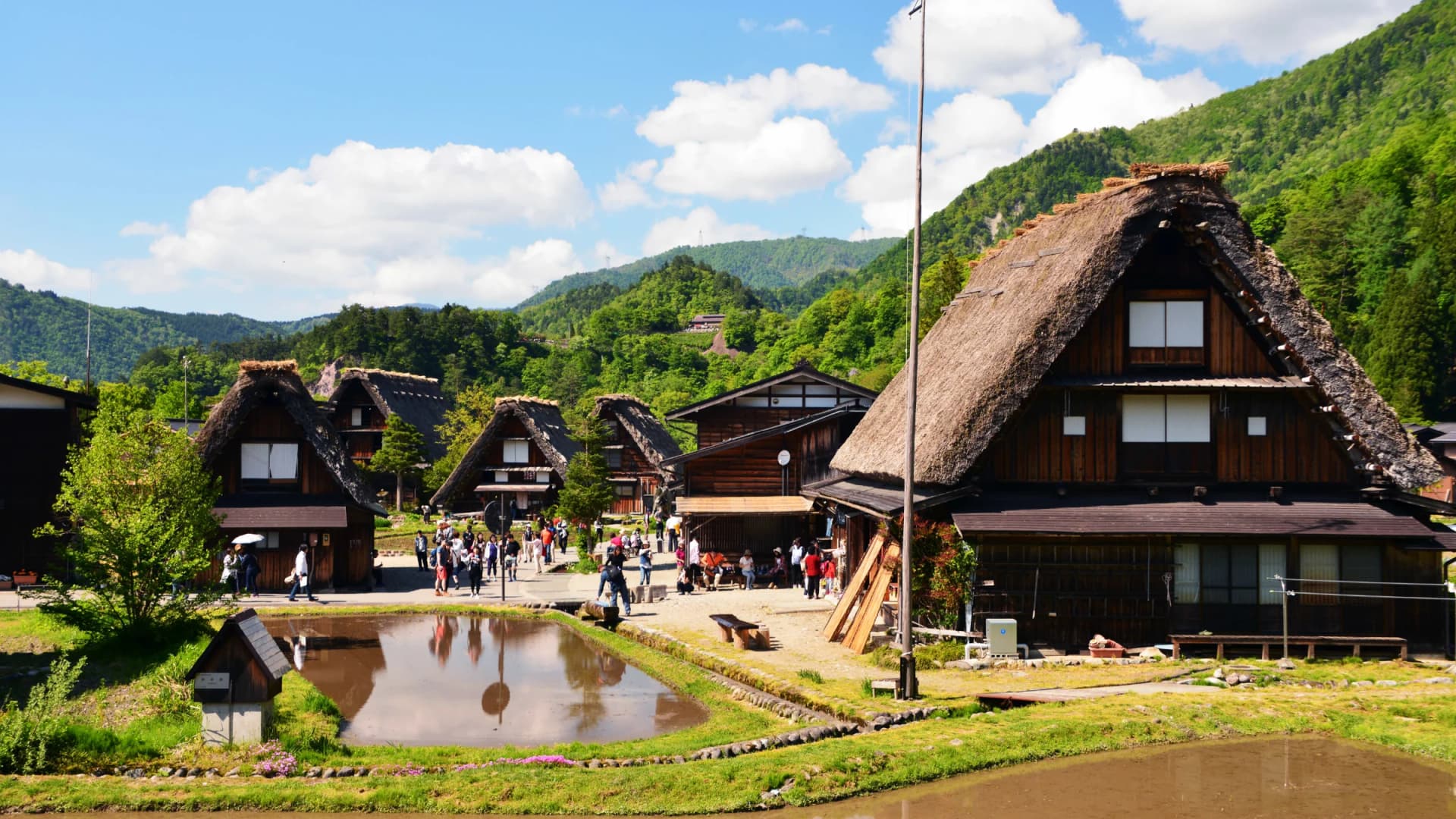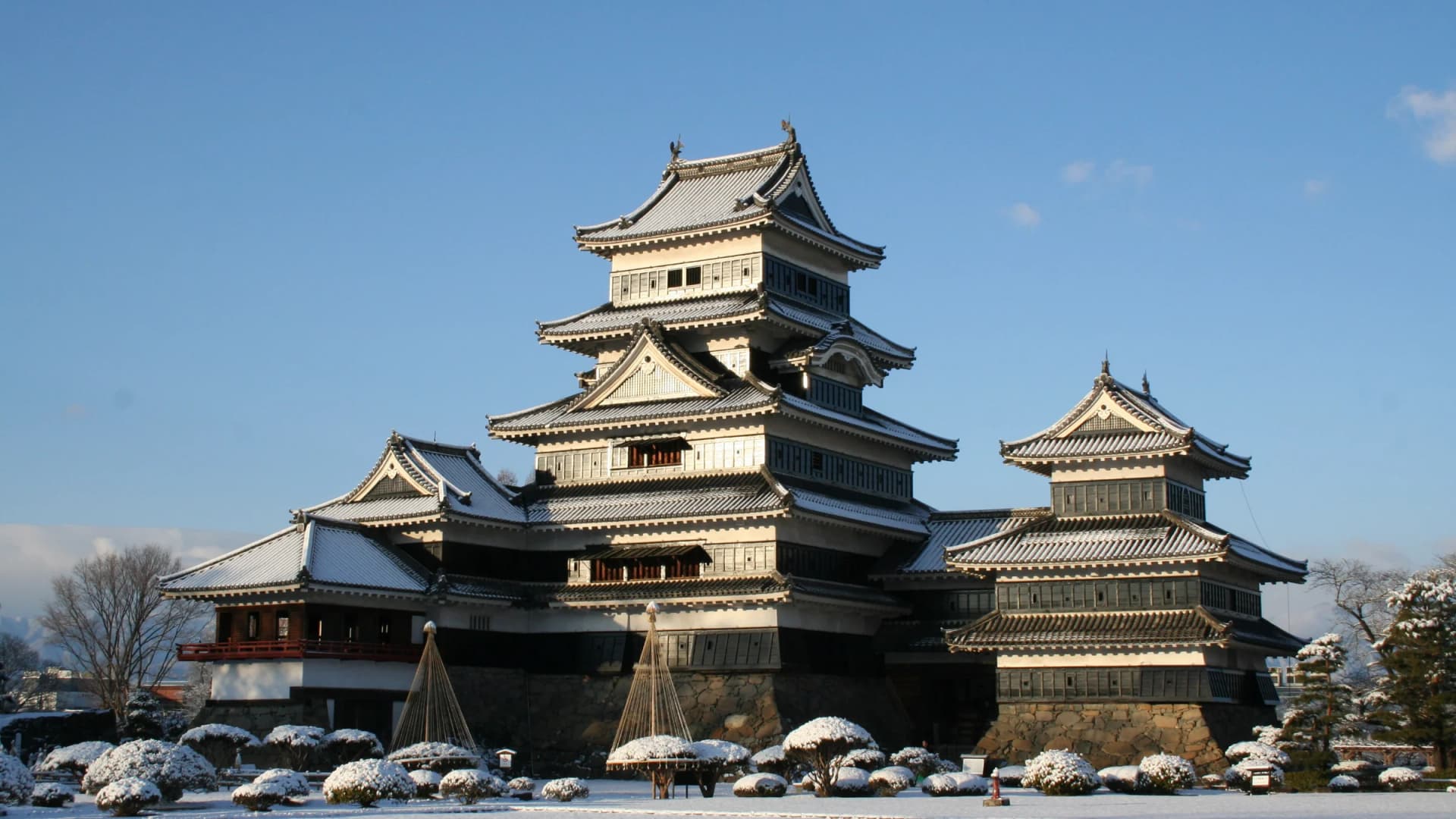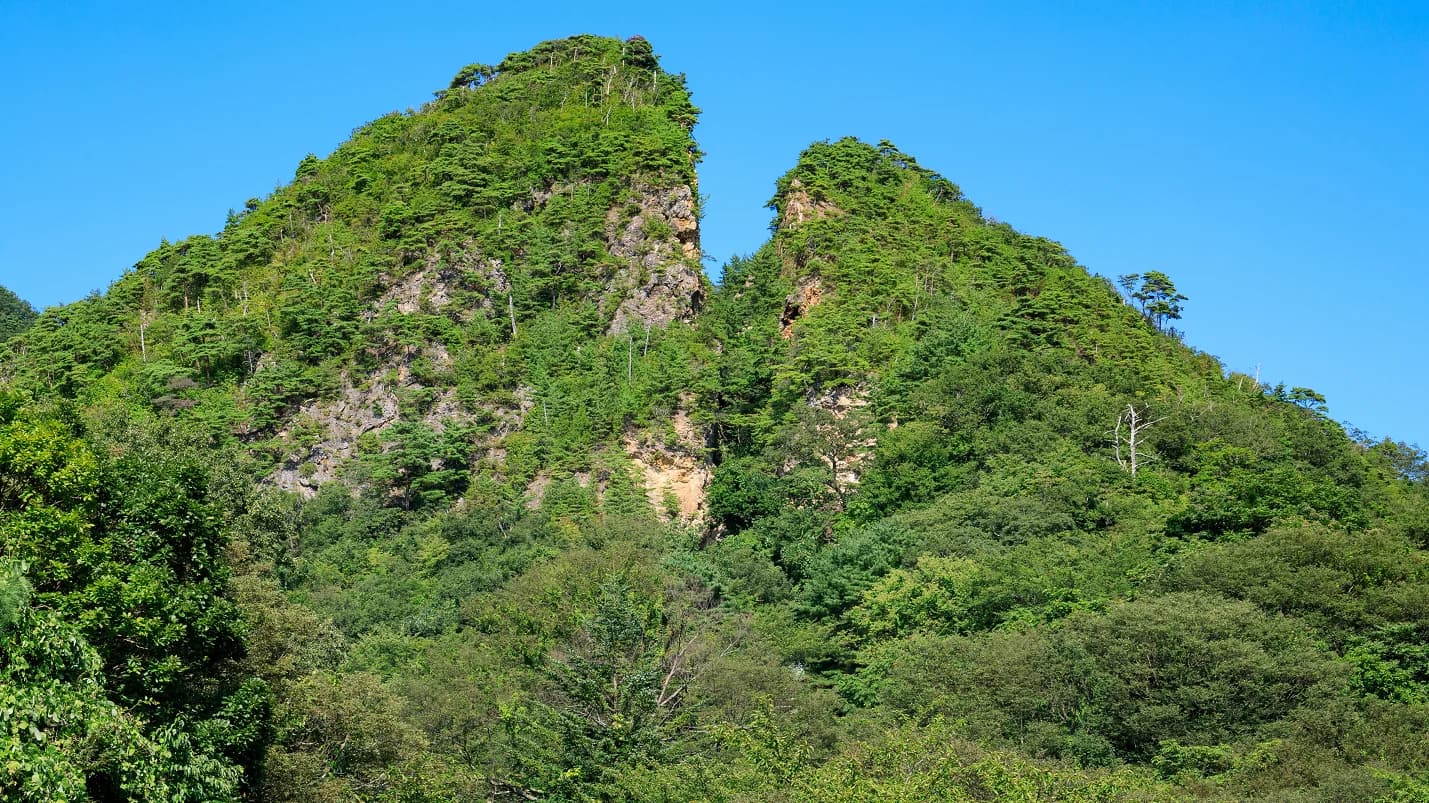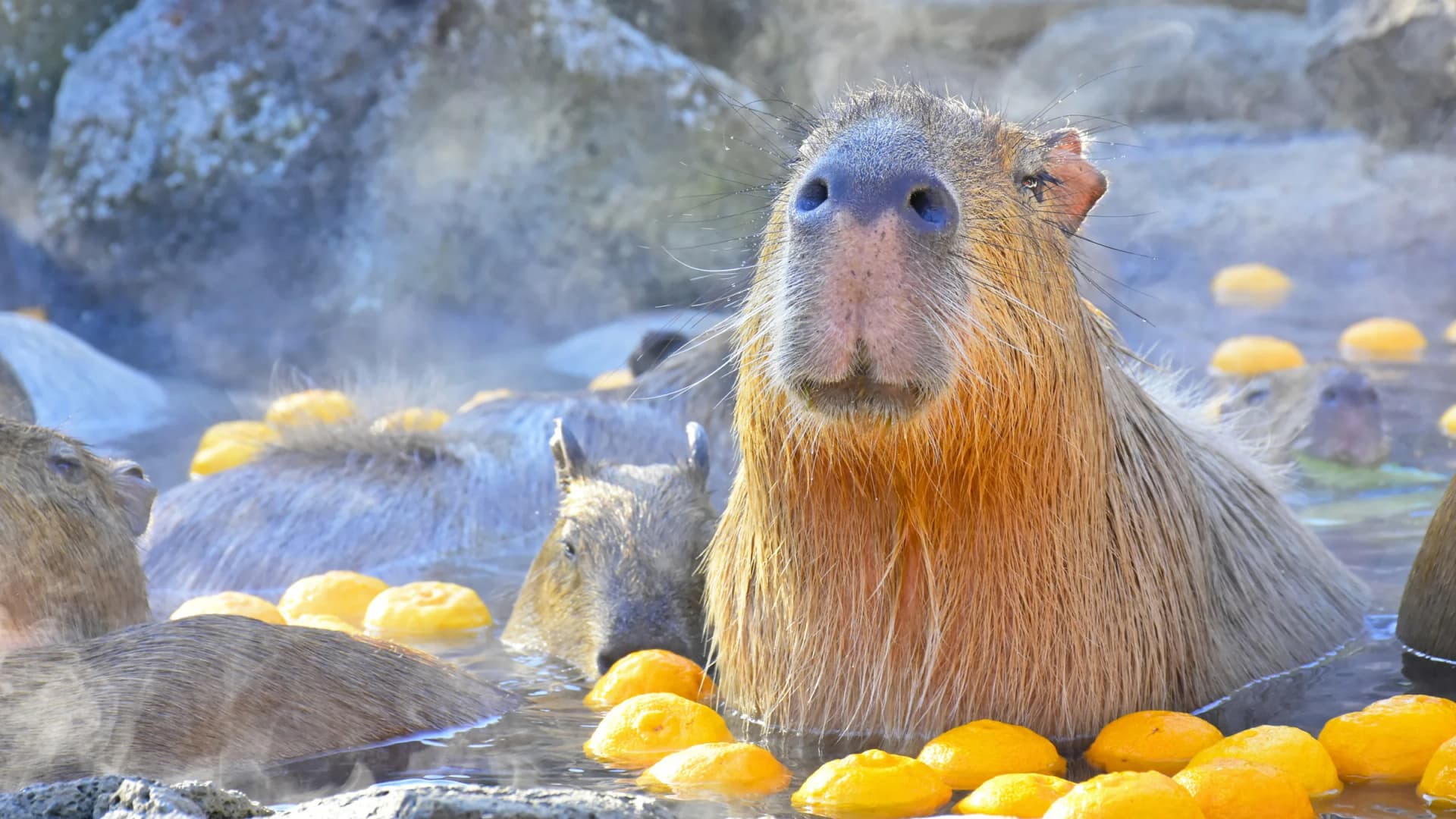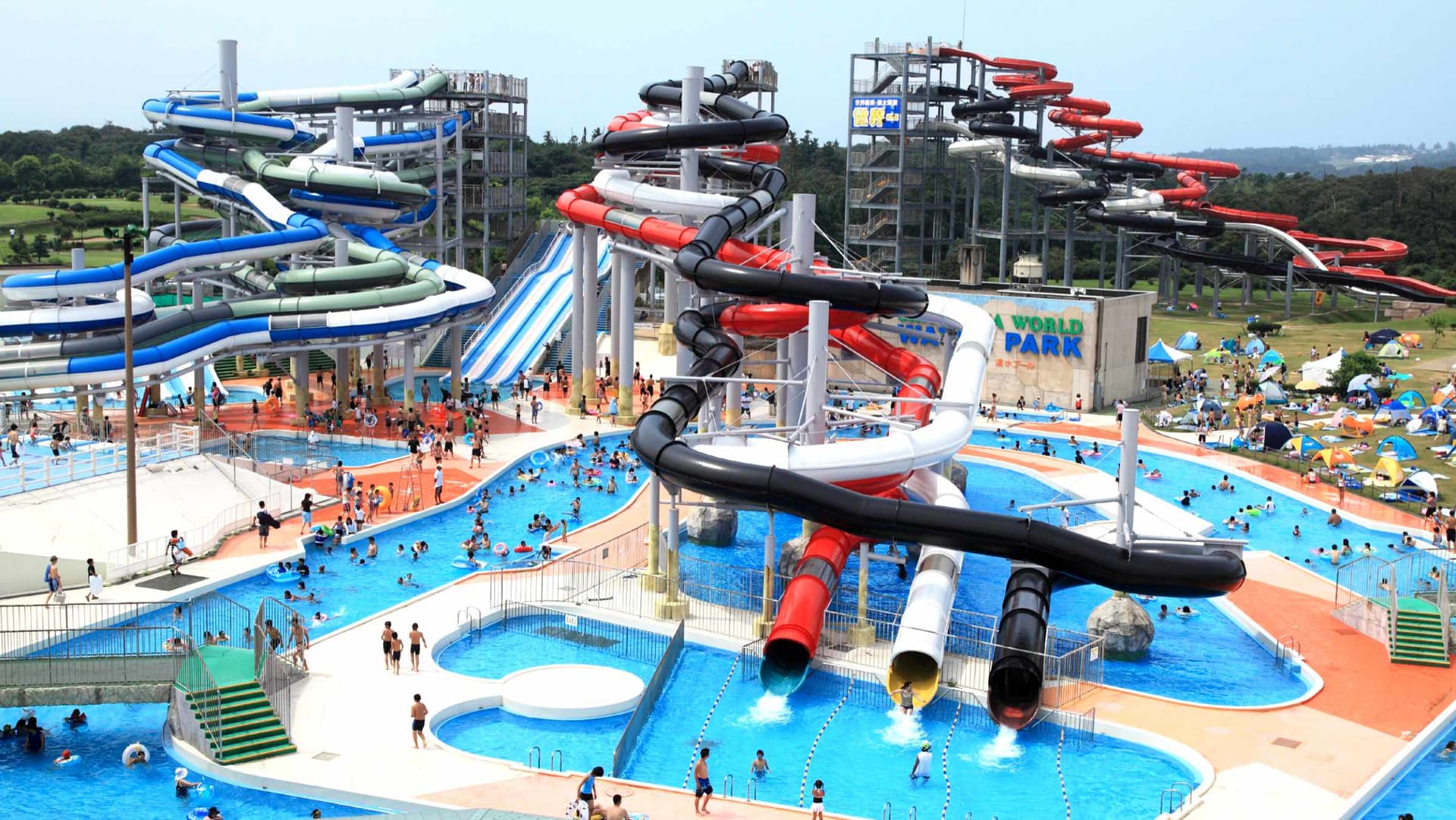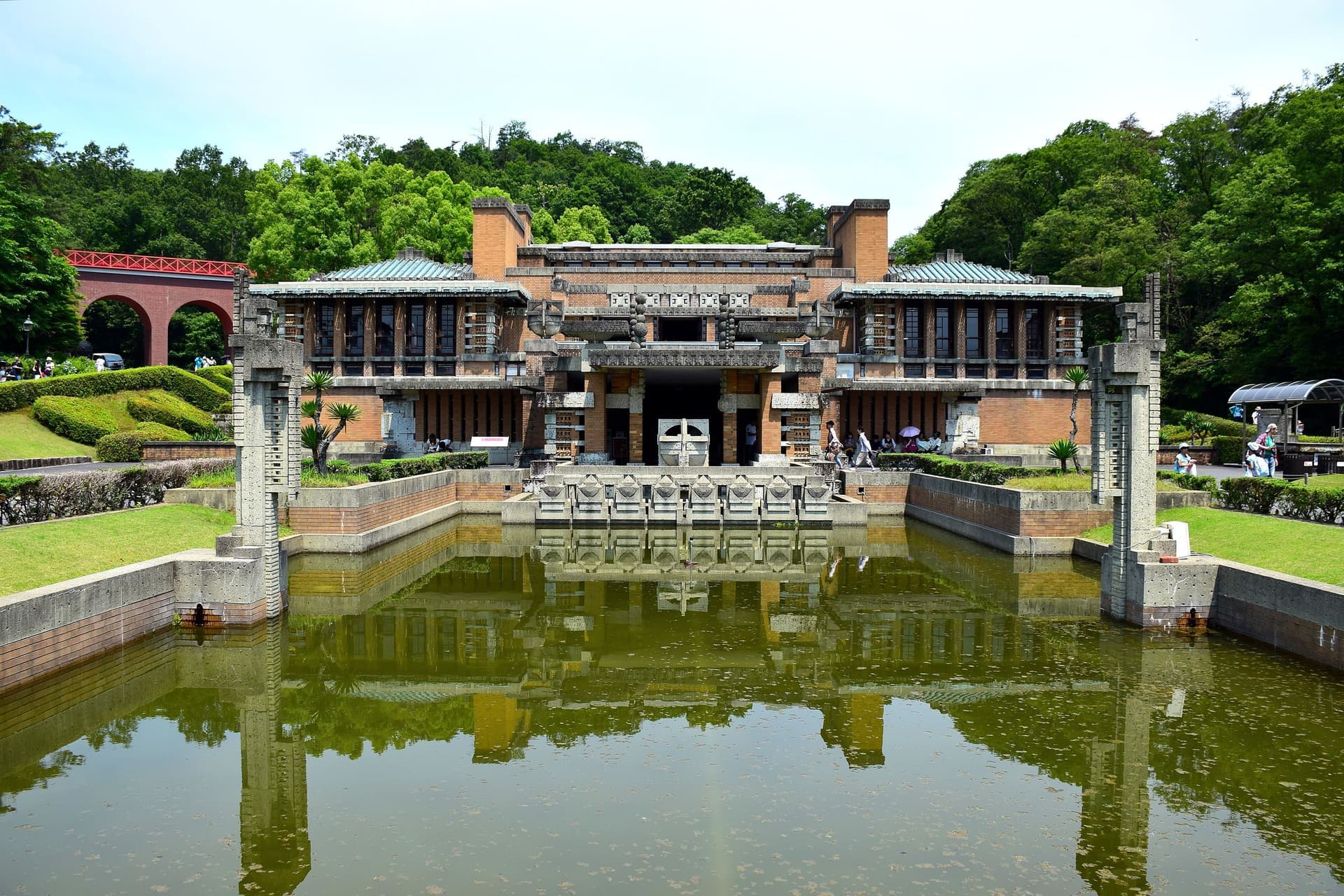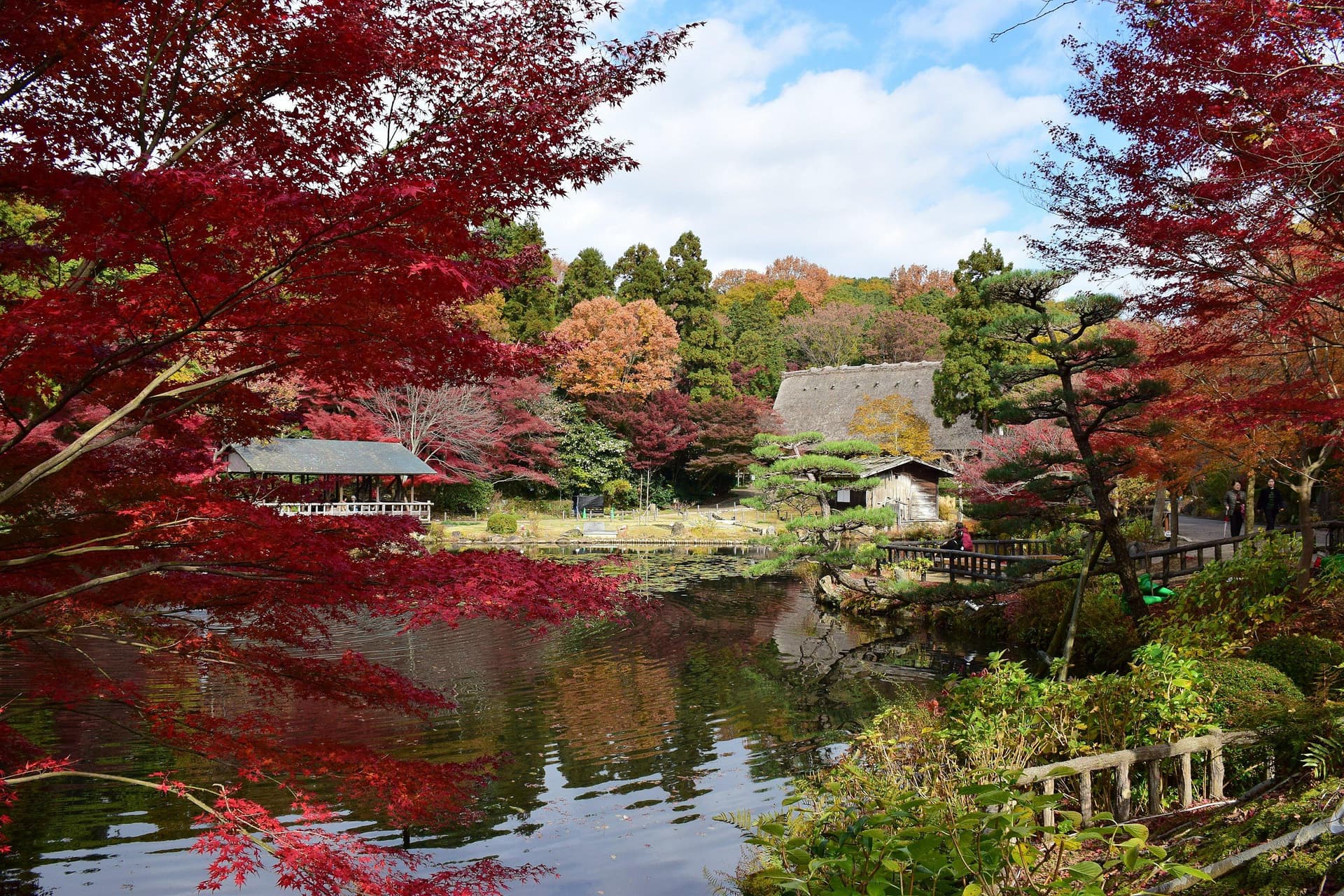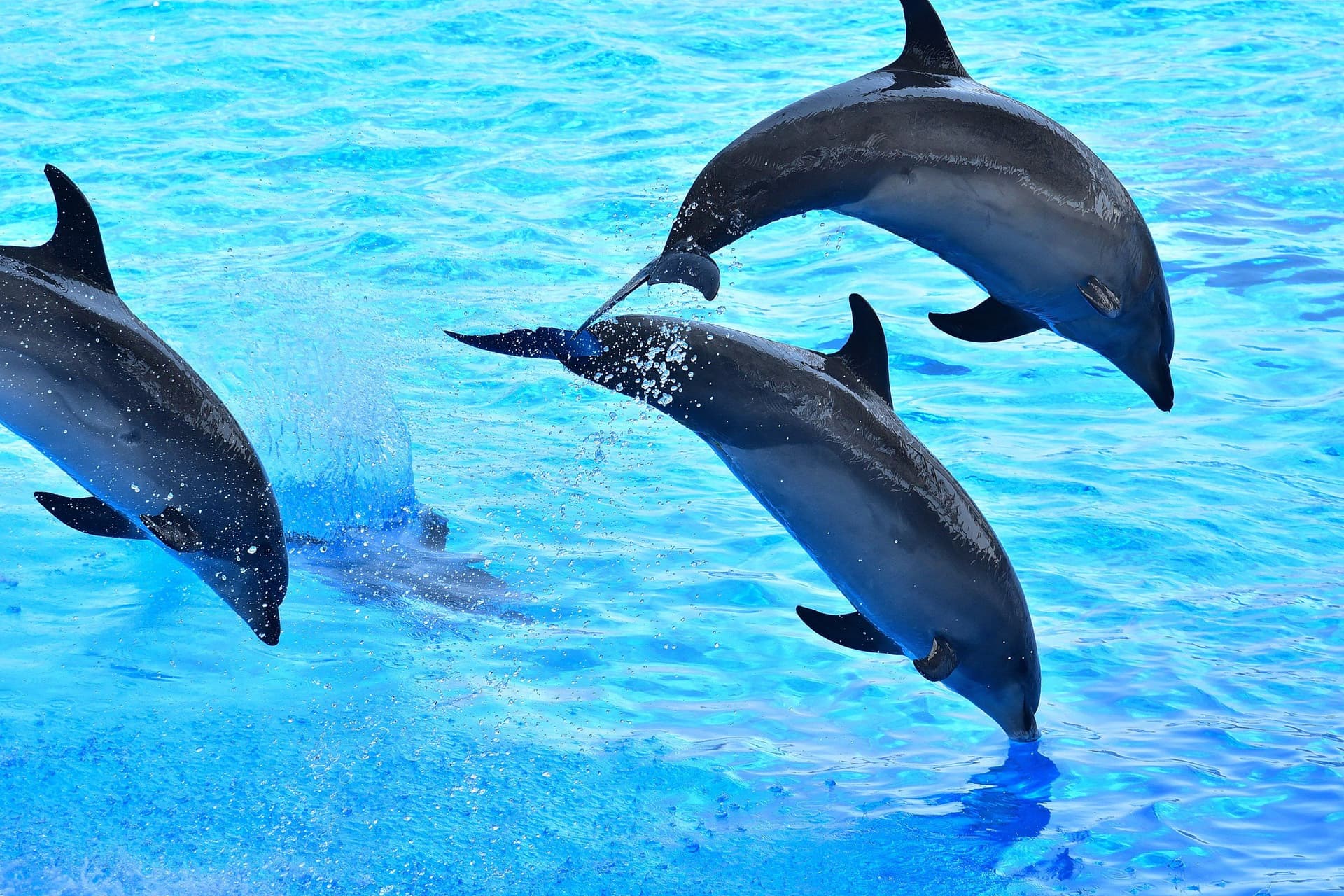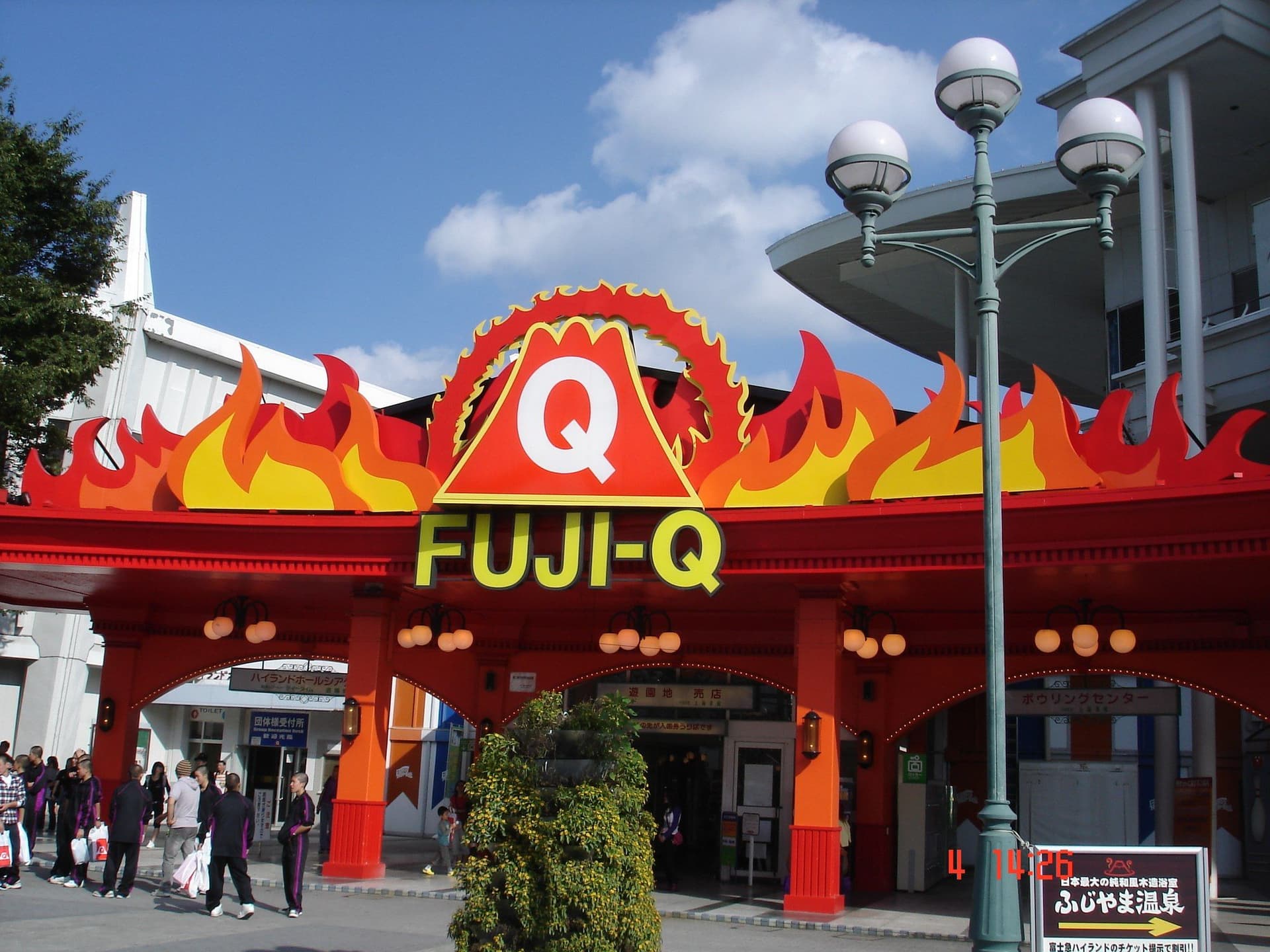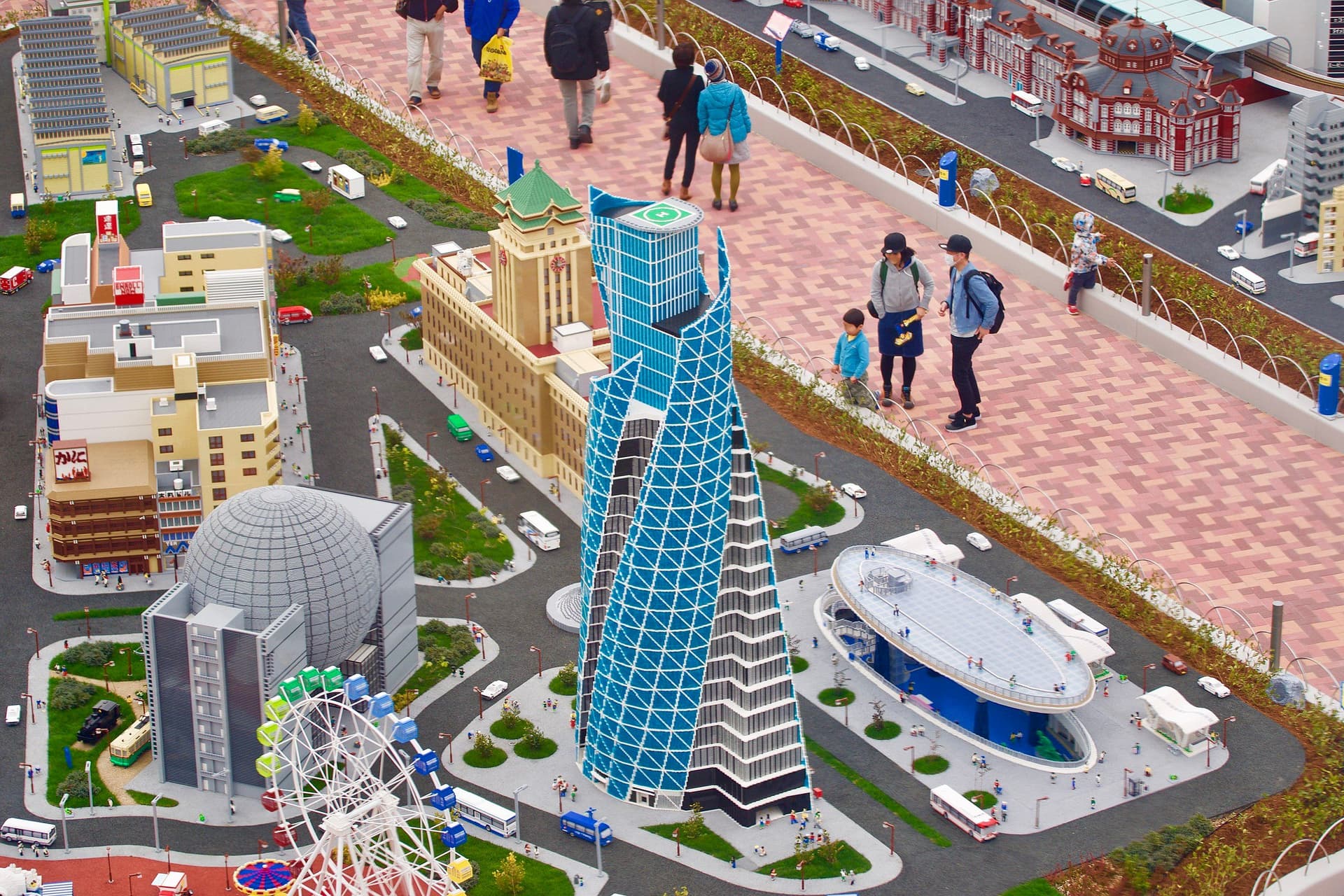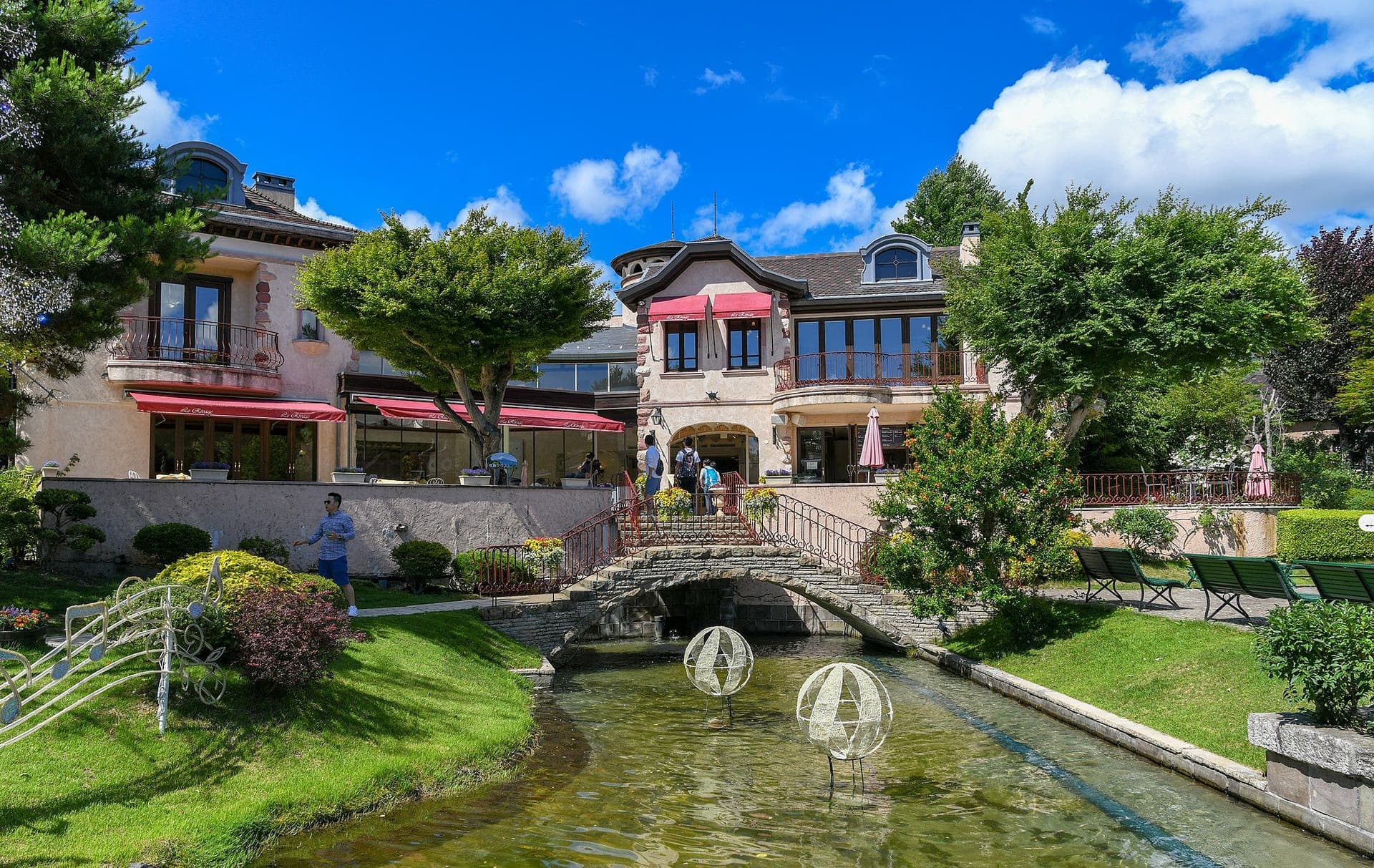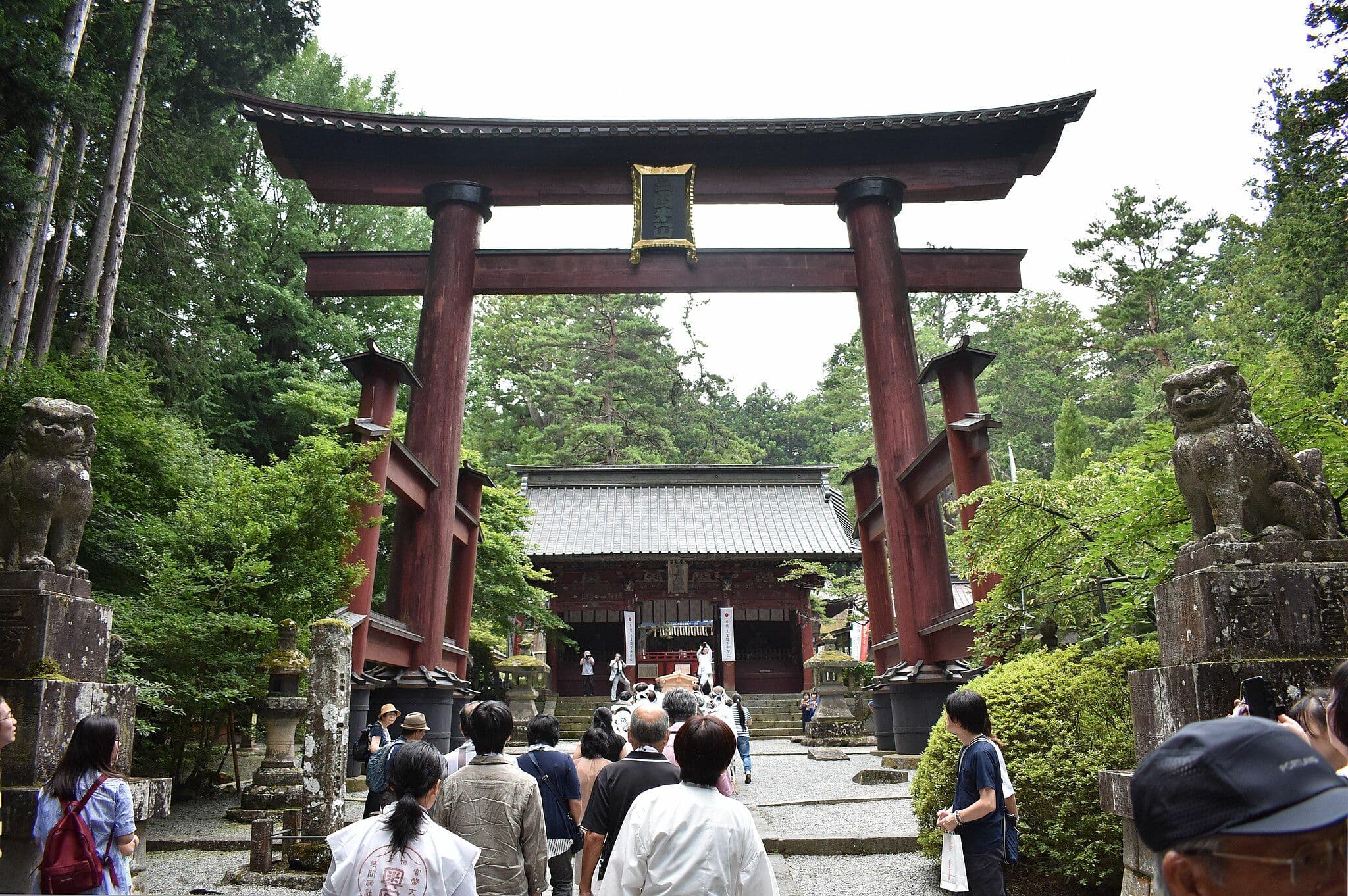
Kitaguchi Hongu Fuji Sengen Shrine
北口本宮冨士浅間神社Kitaguchi Hongū Fuji Sengen Shrine, located in Fujiyoshida City at the northern base of Mount Fuji, is one of the most significant shrines dedicated to the worship of Mount Fuji. It serves as the historical starting point for pilgrimages and ascents of the mountain, particularly for those coming via the Yoshida Route. With roots reaching back to the early 2nd century, the shrine holds deep spiritual, historical, and cultural significance.
Origins and History
According to shrine tradition, the origins of Kitaguchi Hongū Fuji Sengen Shrine date back to the 40th year of Emperor Keikō’s reign (110 CE), when Yamato Takeru stopped at Ōtsukayama in Kai Province (modern Yamanashi) en route from Sagami Province. There, he worshipped the divine spirit of Mount Fuji and declared that the mountain should be revered from this location. A torii gate was erected, and by the 50th year of Keikō’s reign, a shrine was established enshrining Asama Ōkami (Konohanasakuya-hime) and Yamato Takeru himself.
In 781, following an eruption of Mount Fuji, local lord Kinotoyohiro consulted oracles and, in 788, relocated the main shrine from Ōtsukayama to its current site northward. Asama Ōkami was moved to the new site, while Yamato Takeru continued to be worshipped at the original location. In ancient times, Mount Fuji was considered a forbidden peak, with worship conducted from afar.
By the Heian period, Shugendō - a Japanese religious tradition combining folk beliefs with indigenous Shintō and Buddhism - and other syncretic beliefs encouraged direct mountain ascents as acts of devotion. En no Gyōja is said to have first climbed Fuji in 701, followed by Hasegawa Kakugyō, the spiritual founder of the Fuji-kō movement, who ascended the peak in 1577.
Fuji-kō, a popular religious association centred on Mount Fuji, flourished especially during the Edo period, with thousands of adherents from Edo and across Japan. Pilgrims traveled along the Kōshū Kaidō and Fuji-michi roads, entering the mountain from the Yoshida Trail. One of the largest groups, the Murakami-kō, undertook significant reconstruction of the shrine between 1733 and 1738, shaping much of the shrine’s current form.
Deities Enshrined and Architectural Legacy
- Konohanasakuya-hime: The central deity of the shrine and the goddess of Mount Fuji, associated with safe childbirth, protection from fire, and beauty.
- Ninigi-no-Mikoto: Her husband, grandson of the sun goddess Amaterasu, and ancestor of Japan’s imperial line.
- Ōyamatsumi-no-Kami: Her father, god of all mountains, enshrined together to bless family harmony.
Many of the shrine’s buildings have been carefully preserved or reconstructed and are now designated Important Cultural Properties of Japan:
- Main Hall (Honden): Built in 1615 by Torii the governor of Tosa province. It features a single-bay structure in the irimoya-zukuri style, with a karahafu-style gabled porch, a cypress bark roof, and reflects the architectural style of the Azuchi-Momoyama period. Designated as a National Important Cultural Property in 1953.
- Offering and Worship Hall (Heiden/Haiden): Constructed in 1739 by Master Murakami Kōsei. It features the Yatsumune-zukuri (eight-ridge) architectural style with a karahafu-style gabled porch at the front.Connected to the main hall (Honden), the entire structure forms the gongen-zukuri style.
- East Shrine Main Hall (Tōgū Honden): Originally constructed in 1223 by Hōjō Yoshitoki, and later rebuilt in 1561 by Takeda Shingen. It features a single-bay nagare-zukuri style structure with a cypress bark roof, reflecting architectural elements from the Muromachi and Momoyama periods. In 1907, it was designated a National Treasure by the Ministry of Home Affairs. Following legal revisions, it was reclassified as a National Important Cultural Property in 1950.
- West Shrine Main Hall (Saigū Honden): Built in 1594 by Asano Saemon-no-suke. It features a single-bay nagare-zukuri style with a cypress bark roof, reflecting the architectural style of the Muromachi period.In 1909, it was incorporated into the Kamiyoshida Suwanai Chinza Daijinja. Designated as a National Important Cultural Property in 1953.
- Suwa Shrine: The exact date of its founding is unknown, but it is traditionally believed to enshrine the local land deity.The worship hall (haiden) was constructed in 1649, and the main hall (honden) was rebuilt in 1976.Designated as a Cultural Property by the City of Fujiyoshida. Features include a single-bay nagare-zukuri style main hall, and a gabled (kirizuma-zukuri) style worship hall.
Mount Fuji as a Sacred Peak
Mount Fuji has long been revered as a divine body. Its imposing shape and fiery nature inspired awe and fear. The peak was historically forbidden, with rituals held at distant vantage points like Ōtsukayama. Over time, worship transitioned from remote veneration to physical ascents known as tohai (worship through climbing), aligning with the growth of Fuji-kō and Shugendō traditions.
By the Edo period, Fuji worship was structured into organized religious confraternities known as kō. These groups often appointed a representative to ascend the mountain on behalf of all members. The role of oshi (religious guides) developed to serve pilgrims, providing lodging, instruction, and spiritual services. The town of Yoshida became a hub for such activity, with dozens of oshi houses, many of which still exist. Though the Fuji-kō movement has waned, its legacy continues in local rituals and the preservation of oshi traditions.
Kitaguchi Hongū Fuji Sengen Shrine remains a key spiritual site and starting point for pilgrims climbing Mount Fuji. Despite natural disasters and modern tourism pressures, the shrine has preserved its sacred role and majestic beauty. Visitors can still experience the solemnity of ancient faith in the towering cedar groves and the architectural grandeur shaped by centuries of devotion.
Related topics
At Hey Japan!, we strive to keep the places listed on our website as current as possible. However, it is important to note that location owners or management may make changes to their plans, including canceling events, altering opening times, or modifying admission requirements, without prior notice. To ensure that you have the most accurate information, we recommend checking official websites before visiting any location.
Last Updated:
